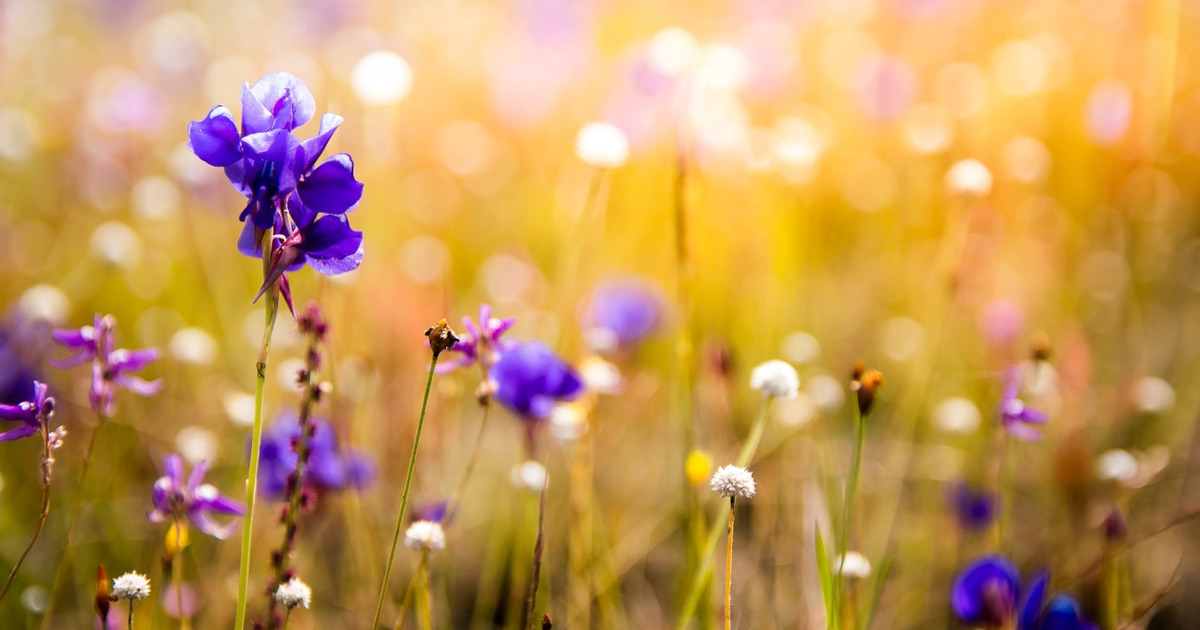
Sourcing More Sustainable Flowers
March 27, 2024 | Source: FoodPrint | by Alexandra Jones
Fresh flowers help us mark life’s most meaningful occasions, from weddings and funerals to annual holidays to dinner parties with friends. Colorful, aromatic arrangements can breathe life into a space, hold significant meanings for the recipients and make celebrations and gatherings feel extra special.
Those beautiful bouquets, however, can bring troubling climate and humanitarian impacts. The global cut flower industry is fraught with many of the same environmental and ethical issues that can accompany fruit and vegetable production, including worker exploitation, the unregulated use of pesticides and other harsh chemicals and carbon emissions from shipping and refrigeration. In 2022, the U.S. imported nearly $2 billion worth of cut flowers, according to the Department of Agriculture, from places like Colombia, Ecuador, Canada and the European Union — mostly standard-issue stems like roses, carnations and chrysanthemums.
“In flower shops, you see about the same dozen varieties of flowers. They’re basically selected for the ability to ship out of water and last a long time,” says Kristen Jas Vietty, farmer and owner of Lunaria Gardens, a micro-farm and floral design business in Philadelphia. “It’s kind of like in the food industry. Shipment is king, so you have a lot less variety.”
